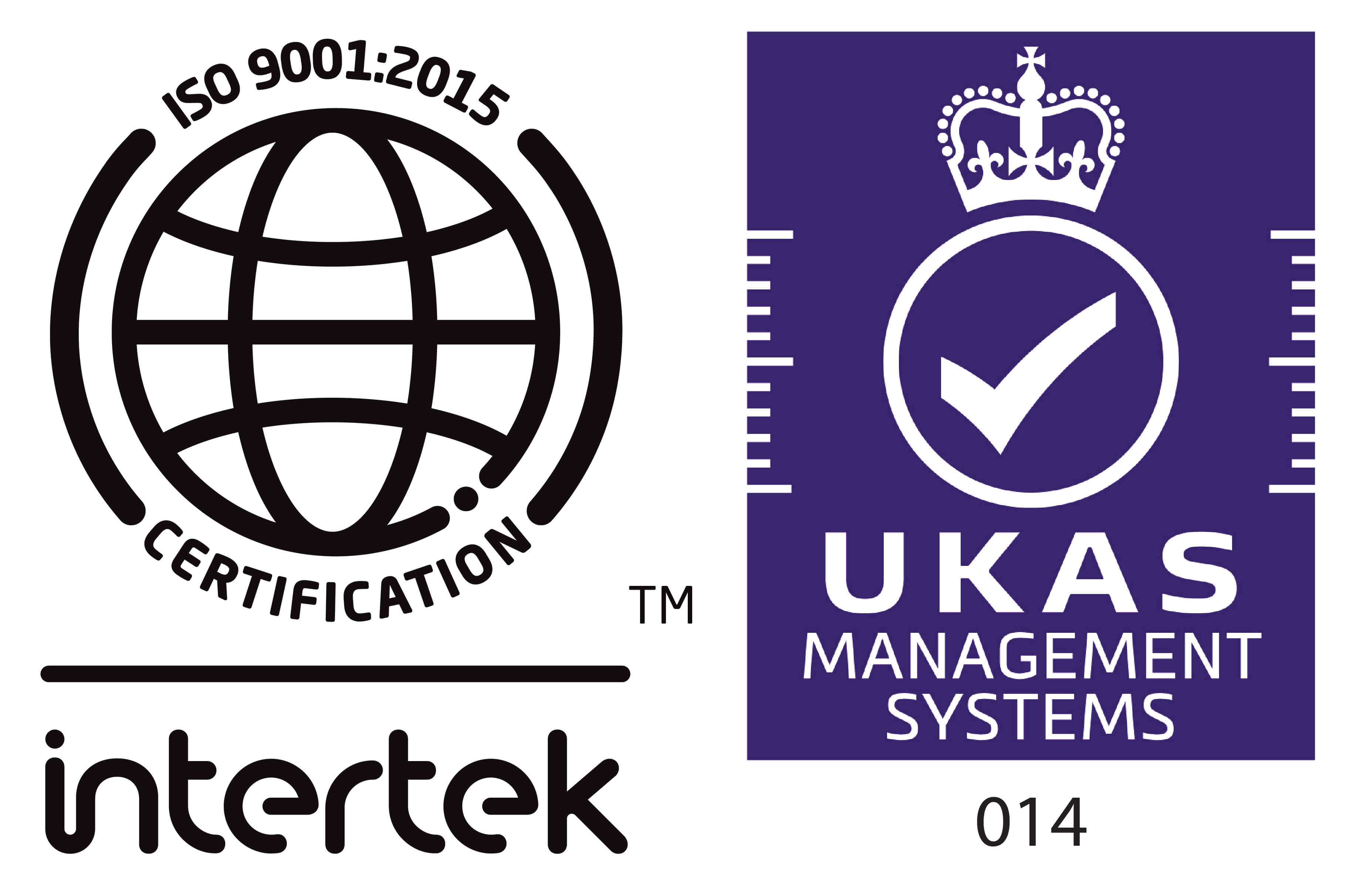How will US Infrastructure Stimulus Impact Precious Metals
Posted on Apr 03, 2021 at 12:00 am
US President Joe Biden on Wednesday unveiled a $2.3 trillion infrastructure plan aimed at modernizing America’s crumbling transport network, creating 19 million jobs over the decade, and delivering a “once-in-a-generation” investment that will enable the country to best China on the global economic stage.
Mr. Biden compared his “transformational” plan to the ambitious U.S. space program of the 1960s, saying it would boost the livelihoods of poor and middle-class Americans, take aim at global warming, and be funded by increased taxes on large companies and the rich.
Mr. Biden’s infrastructure plan — the second massive spending initiative of his 10-week old administration, after the $1.9 trillion short-term COVID rescue bill passed earlier this month — faces tough tests in a Congress worried about soaring deficits.
But it also seeks to address crumbling bridges, roads, and other public works around the country that successive administrations have failed to take on. In doing so, it would expand the role of the government in the U.S. economy to levels not seen in decades.
Mr. Biden has allocated
- $650 billion for roads, rail, transport
- $650 billion for home infrastructure
- $400 billion for the ‘care economy’
- $580 billion for manufacturing, training, research
Mr. Biden also stressed that it would reward “hard-working” Americans instead of the wealthy of Wall Street, countering an economy that had become “distorted and unfair,” particularly under his predecessor Donald Trump. He proposed to fund it by raising taxes on companies and rich Americans whom he said don’t pay their fair share. Taxes will rise on Americans earning more than $400,000 a year, and the corporate tax ceiling will rise to 28% from 21%.
The bulk of the proposed spending appears to be very much inspired by the World Economic Forum’s Build Back Better agenda – also known as the Great Reset.
Of course, the Federal Reserve will be expected to play its part. Even though the Biden administration and Democrats in Congress are talking about raising revenues through tax hikes on corporations and investors, they will keep spending regardless of tax receipts. They will issue more debt, and the Fed will print more currency to cover it. Although the news out of Washington is pretty grim these days from the standpoint of sound money, precious metals investors do have a few allies in the halls of Congress.
The US government debt has increased to more than 28 trillion US dollars in 2021 (from 24 trillion US dollars in 2020) and by the new Biden infrastructure plan, the government debt will go beyond the 30 trillion US dollars. Also, the FED balance sheet has nearly doubled from last year and has increased to 7.9 trillion US dollars and we estimate that the balance sheet will grow to beyond 9 trillion US dollars by 2023.
Considering more than 25% of all U.S. Dollars ever printed have been printed in the last year, would anyone be surprised? The ongoing threat of inflation – and actual inflation – will lead to more buying of gold, silver, and other hard assets. Especially since Fed chief Jerome Powell has said that the central bank would be happy to allow inflation to run hot for a while before taking any action.
This means that the central bankers will not hike interest rates or roll back bond purchases to slow things down. And when government-reported inflation rises well above 2%, while interest rates remain at lower levels, the resulting negative real interest rates will underpin gold prices.
The gold and silver markets may very well have entered a win/win scenario. The market has already been buoyed by ultra-low interest rates, quantitative easing, and the threat of rising price pressures.
And even if the Fed ultimately hikes rates, if history is any guide, central bankers will be behind the curve – and gold and silver will benefit from real interest rates that continue to remain in negative territory.
That’s why precious metals may well rise in price regardless of what the Fed does or does not do in the years ahead.



